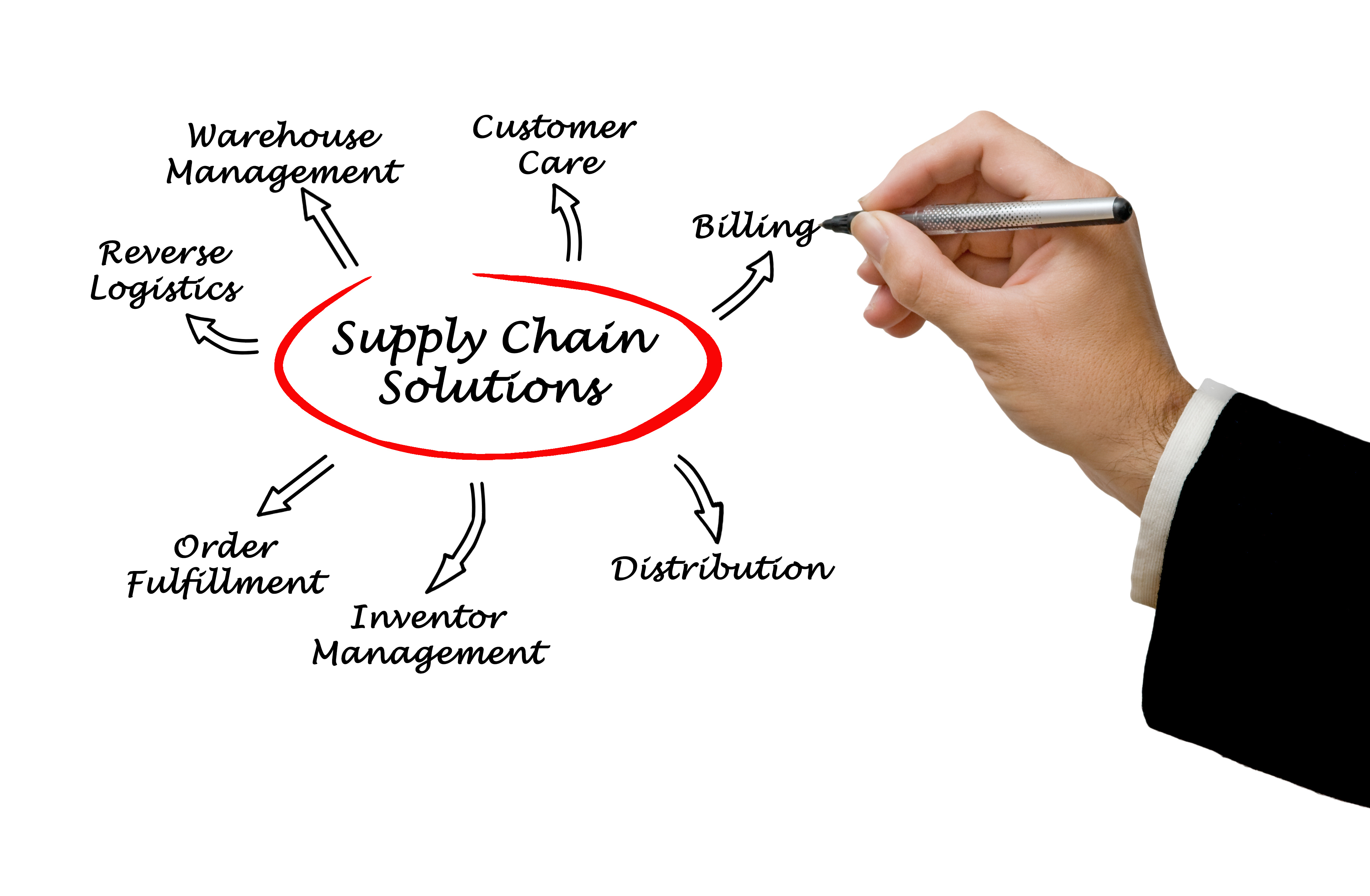
Reverse logistics is defined as “the process of planning, implementing, and controlling the efficient, cost effective flow of raw materials, in-process inventory, finished goods and related information from the point of consumption to the point of origin for the purpose of recapturing value or proper disposal[i].” This process has been around for a long time, but has only recently begun to coalesce into the important process it is today. Today the most successful retailers will tell you that having a sustainable, ongoing solution in place to deal with returned, overstock, and obsolete inventory goes a long way toward recovering maximum value from what used to be considered unusable or worthless assets.
This blog will briefly summarize the history of reverse logistics and identify what makes today’s reverse logistics programs successful.
A Brief History of Reverse Logistics[i]
The idea that surplus assets – i.e. assets that do not have immediate use – are best dealt with by simply discarding them can be traced back as far as the American Civil War. In 1865, General Sherman’s troops abandoned their excess gear rather than attempt to transport it across a river. The Army, presumably, ate the cost.
Years later, in 1894, former retail giant Montgomery Ward instituted what is generally regarded as the first major reverse logistics operation. Ward began a catalog promotion offering a 100% money back satisfaction guarantee on all products. Consumer confidence in the company soared, sales skyrocketed, and Ward developed an entire department—the first of its kind—dedicated to handling its consumer returns.
The next big leap forward in reverse logistics came in the 1940s. Thanks to critical shortages of metals, rubbers, and other materials needed to support war efforts during World War II, manufacturers learned how to do more with less and how to repurpose surplus and waste materials. Huge advances were made in the fields of recycling and remanufacturing, fueling both the military machine and the economic engine at home. The “waste as commodity” approach to reverse logistics continues today, especially in the automobile repair industry where a large proportion of starters, alternators, and generators are remanufactured or rebuilt.
At the end of WWII, the US Army had approximately $6.3 billion of assets stored in 77 million square feet of storage locations across Europe which were no longer needed. Rather than disposing of these items and writing them off as a loss as had been done in the Civil War, Army logistics professionals figured out ways to donate them or return them to the US for recycling or re-use in other applications.
More recently, reverse logistics experts have used the reverse supply chain to not only benefit their company’s bottom line but help improve company image. Green initiatives and sustainability are extremely important to today’s consumers, and by extension, to today’s businesses. Demonstrating concern for the environment with a solid reverse logistics strategy is just one way to show your customers that you share their values. And as a side benefit, having that system already in place can be of great benefit during unexpected emergencies, as McNeil Labs learned in 1984 when it used its reverse supply chain network to carry out a nationwide recall of its over-the-counter Tylenol medications in the face of a cyanide scare.
 .
.A Business-Critical Proficiency
As a retailer, you know that compelling customer experiences help develop and deepen your relationship with your customers, which in turn contributes to generating revenue. You also know that managing the reverse supply chain for overstock and returned inventory is a business-critical proficiency, but not necessarily one of your business’ core strengths. That’s where leveraging the services of a reverse supply chain expert can help.
So what should you look for in a partner? Your ideal reverse supply chain partner should be able to:
- Support Year-Over-Year Comps with Measurable Solutions: Retailers face stiff competition and a demanding consumer base. To remain competitive, growing year-over-year comparisons is critical. A partner who can handled all reverse supply chain operations, from RTV to refurbishment to remarketing solutions, frees up resources for you to focus on growing core business.
- Align Vendor Incentives to Maximize Return: With retail margins thin, every smart retailer looks for creative opportunities to improve its bottom line. Your partner should have flexible pricing models to help you maximize recovery while achieving your strategic goals. Options may include traditional purchase agreements, consignment options, or even a revenue-sharing model that pays you in advance, then shares a percentage of the recovery gained.
- Cut Costs Through Innovation: Innovation is a must in the forward supply chain. Why not ensure your reverse supply chain also keeps pace with change, cutting cost while maximizing speed and return? Your partner should be able to leverage its own data and analytics to identify opportunities to improve your program and offer big-picture perspective, resulting in a sustainable, positive impact on your reverse supply chain operations.
- Accomplish More with Fewer Partners: To achieve economies of scale, retailers look for one partner that can offer the most expertise, services, and capabilities. Your partner should offer comprehensive solutions, managing the entire reverse supply chain from reconciliation to recommerce and fulfillment.
- Access New, Profitable Markets: Retailers are constantly pursuing ways to grow revenue and gain share in new markets. An expert partner can help you tap into the growing secondary market by expertly selling your surplus goods through a wide range of B2B and B2C channels, from direct sales of truckloads or palletloads through individual item sales to consumers.
Liquidity Services: The Leader in Reverse Logistics
Relied on by over half of the top 20 U.S. retailers, Liquidity Services offers turnkey reverse logistics services in virtually every retail asset category. Contact us to learn more.
[i] http://www.abrelpe.org.br/imagens_intranet/files/logistica_reversa.pdf
[i] www.supplychainresearch.com/images/chapter_13_reverse_logistics.doc



Comments are closed.